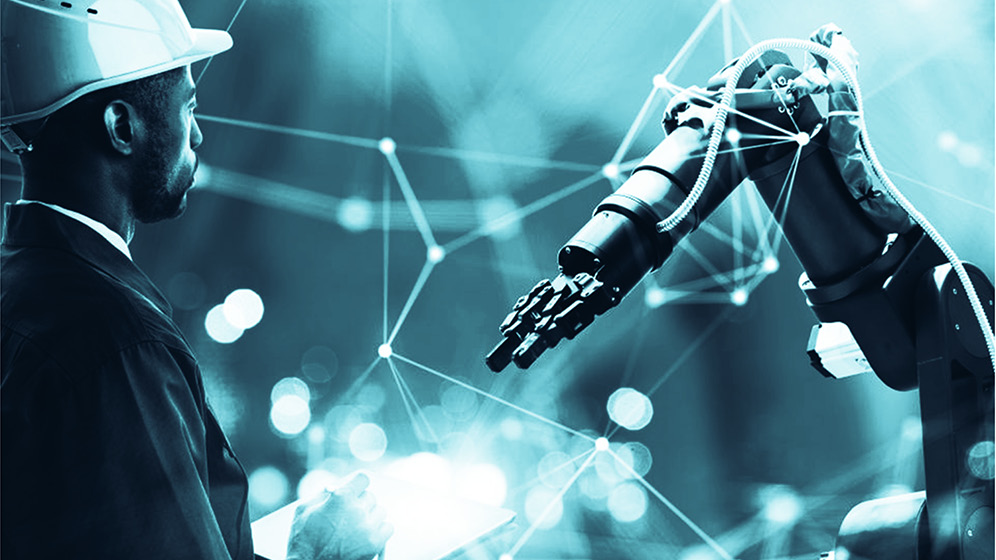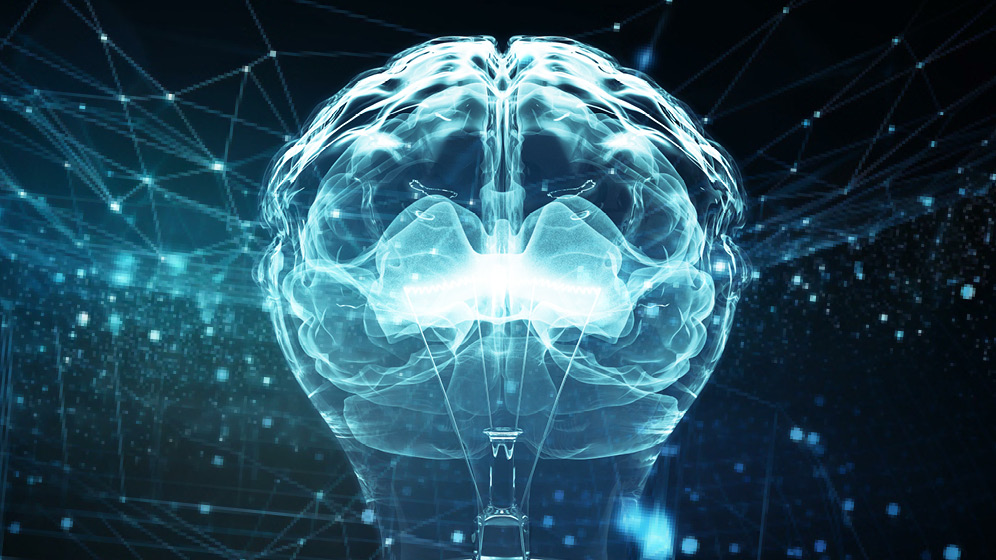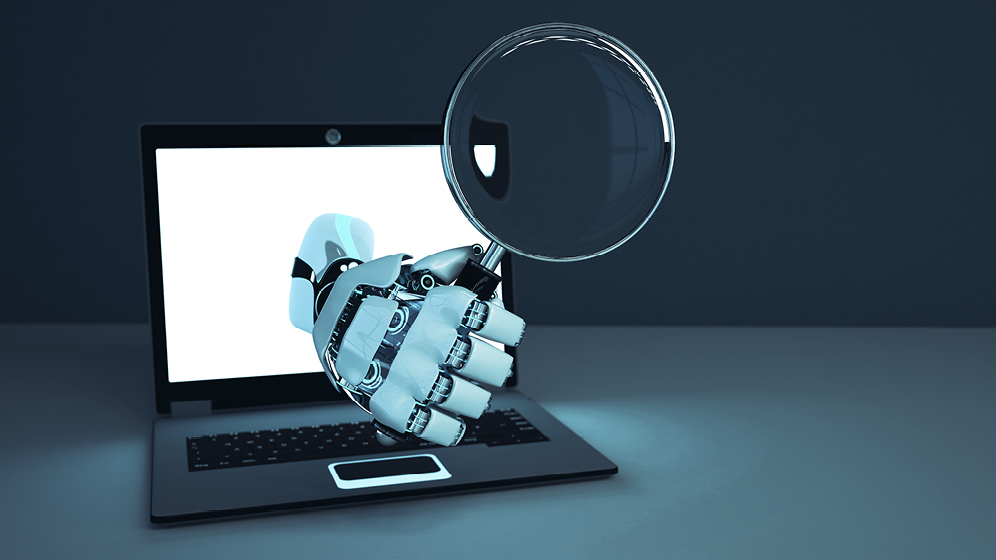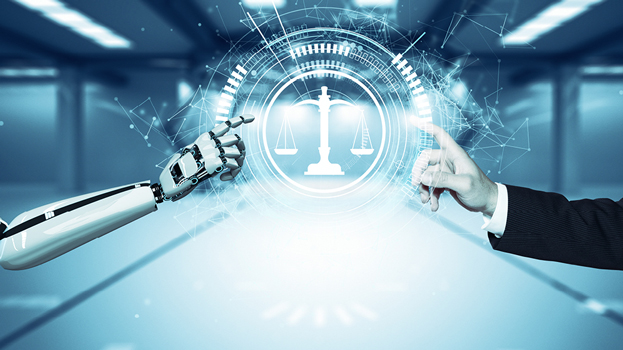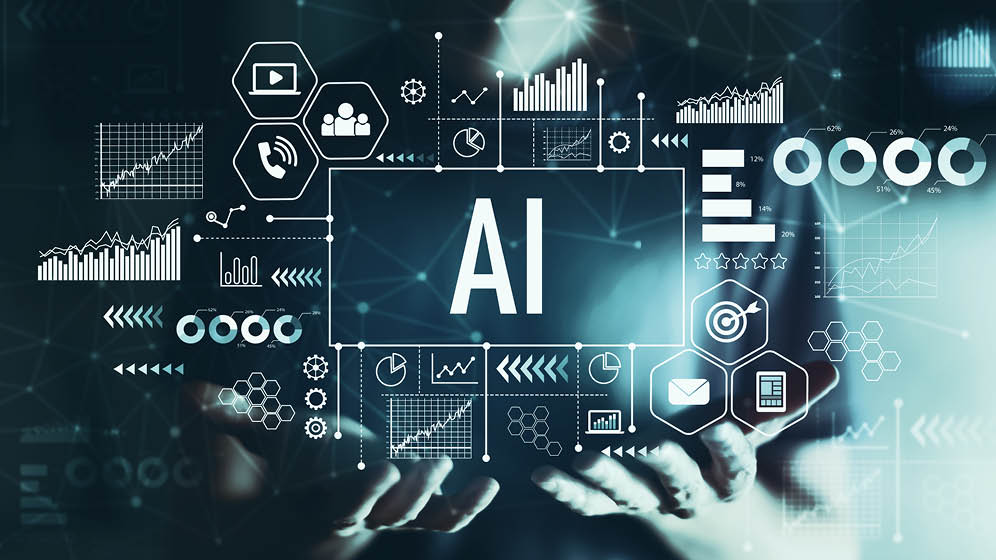
At all levels of the austrian industry is currently working flat out to integrate artificial intelligence (AI) into existing offerings. In addition to the already presented AI Pioneers let us now take a look at concrete application examples and look at how both global giants and small cobot startups are using artificial intelligence.
Anyone looking for examples of AI applications will arrive at Dell Technologies not over. Together with NVIDIA, one of the largest developers of graphics processors and chipsets for PCs, servers and game consoles, Dell Technologies introduces the "Project Helix" before.
The goal is to help companies integrate artificial intelligence into their own work processes to improve areas such as customer service and market research. Project Helix offers a complete package of tools and technologies to leverage AI and use data efficiently.
The solutions are based on dedicated servers from Dell and graphics processing units (GPUs) from NVIDIA. They also include special software functions for monitoring AI performance and developing AI-powered chatbots. Data protection is an important aspect here, helping companies to comply with legal regulations helps.
According to Jeff Clarke and Jensen Huang, executives from Dell and NVIDIA, Project Helix will help unlock the value of previously untapped data and help companies transform their business models.
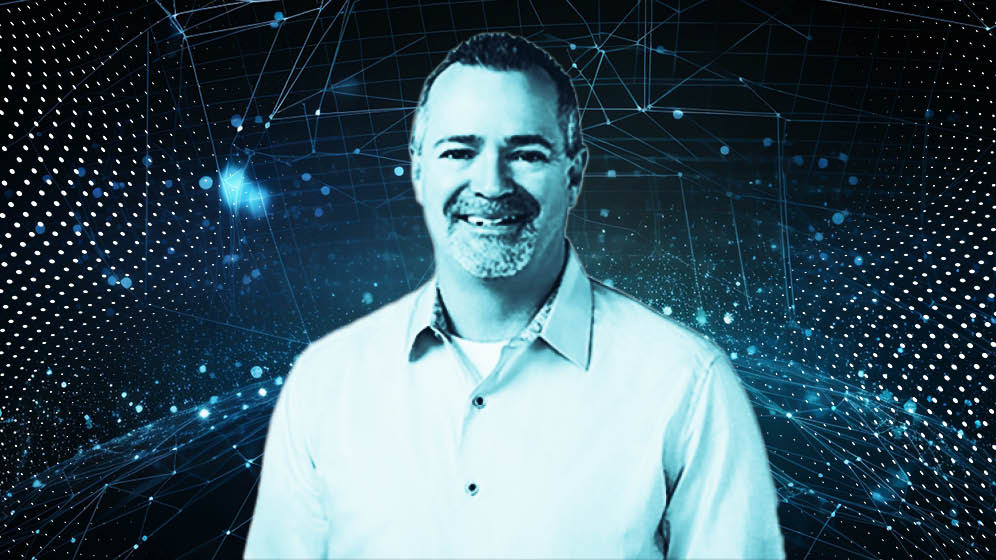
A similar approach is taken by Amazon Web Services (AWS), a subsidiary of Internet giant Amazon. It recently announced a new program in generative AI. It is designed to help companies of all sizes fully exploit the potential of artificial intelligence applications in industry.
Within the framework of the (virtual) "AWS Generative AI Innovation Center." AWS invests 100 million US dollars to offer customers free workshops and training, among other things. The team of the Innovation Center - consisting of AWS experts in the disciplines of strategy, data science, engineering and solution architecture - supports customers step by step in implementing customized solutions based on generative AI faster and more effectively.
Applications of artificial intelligence for industry would be given here, for example, in the area of industrial manufacturing, where design and associated processes could be made more efficient.
Another interesting example of how the industry can use artificial intelligence is provided by the MVTec Software GmbH, a leading international software provider for industrial imaging.
Since May 2023, a new version of its Software HALCON available on the market. The new version, HALCON 23.05, focuses on Deep Learning, a form of artificial intelligence that enables machines to "learn".
The main feature of the new version is Deep Counting. This is a Deep Learning-based method that can be used to count large quantities of objects. This is particularly useful for counting objects such as glass bottles, tree trunks or food.
Improvements have also been made to other deep learning technologies. One of them is the 3D Gripping Point Detectionwhich helps determine the best point to grab an object. Another is Deep OCR, a technology that reads text in images, regardless of font or orientation.
With the new version of HALCON, users can optimize and adapt these AI networks for their own applications. There are also a number of other improvements, including easier integration of external code into HALCON.
Jan gardener, product manager for HALCON at MVTec, explains: "We see a clearly growing interest among our customers to integrate deep learning methods into their own solutions. When developing the new version of HALCON, we took this very much into account. The result is new deep learning technologies as well as further developments that enable us to provide our customers with even more precise results."
Another new feature in HALCON 23.05 is the Easy Extension Interface. This allows users to make their own functions written in .NET code usable in HDevelop and the HDevEngine in just a few steps and benefit from the wide range of functions of the .NET framework.
Not only the big tech giants, but also small cobot startups like the company fruitcore robotics show with their innovations how the industry can use artificial intelligence.
fruitcore robotics has developed a new operating system called "horstOS" which helps industrial robots work more efficiently and more easily. The system is based on the latest technology in artificial intelligence. It enables industrial companies to manage and control their robots and associated components such as gripping tools or camera systems with just a few clicks.
In addition, horstOS offers an integrated "AI Copilot"which supports users in programming and troubleshooting. fruitcore robotics plans to add more functions to horstOS in the coming years in order to optimize automation processes.
"With horstOS, the future of automation becomes a new reality. The system offers comprehensive support, even with little knowledge, and significantly reduces the effort required for installation, operation and sales," explains Jens Riegger, Managing Director of fruitcore robotics. "Our intelligent industrial robots should not only offer our customers the best return on investment in the robotics market. Especially against the background of the omnipresent shortage of skilled workers, they should also help to increase productivity and save valuable time."
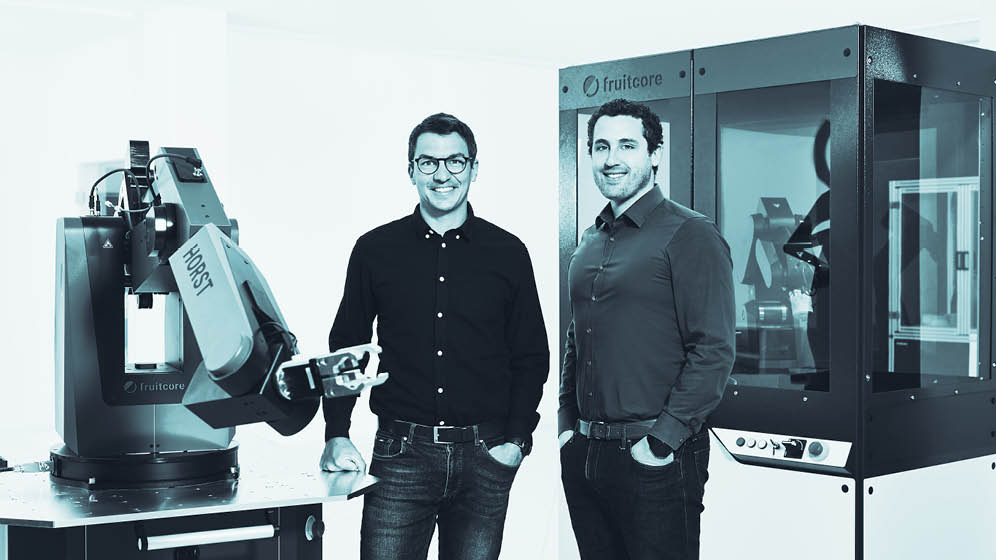
A real innovation in the field of AI applications is the example of Techman Robots. At Automatica 2023 in Munich, the company presented its new Robot TM AI Cobot 25S which can carry up to 25 kilograms.
The high-precision robot has a reach of more than 190 centimeters and features integrated AI and camera systems. The robot's speed has been increased and it meets high safety standards. It also has very high precision - to within 0.03 millimeters.
In cooperation with the German Company Gessmann an autonomous mobile robot for the semiconductor industry was also developed. In addition, Techman Robot has introduced the user-friendly Tmflow 2 software. It simplifies complex tasks and shortens programming time.
STMicroelectronics, a company that manufactures electronic components, has launched the second generation of its STM32 microprocessors were presented. These are smaller and more powerful than their predecessors and contain additional security functions. They are particularly suitable for use in industry and the Internet of Things (IoT).
The new STM32MP2 series microprocessors can perform multiple tasks simultaneously. They have enhanced multimedia functions and can process images or connect to other devices, for example. They also have additional security functions that are particularly important for use in industry and the IoT.
The STM32MP25 series, the first product of this new generation, has very high computing power. It can process information particularly quickly and is therefore suitable for applications that require a fast response time, such as predictive maintenance of machines.
In addition, the STM32MP25 series has high connectivity. This means it can connect and exchange data with other devices quickly and efficiently. This makes it ideal for applications that require fast and reliable data transmission, such as security systems and industrial automation technology.
The microprocessors are also able to process and evaluate video signals quickly. For example, they can analyze video recordings in real time and send the relevant information over a fast network.
They can also create sophisticated graphical user interfaces that are used in Android applications. They also have multiple ports and can therefore be connected to displays and digital cameras.
The microprocessors' security features include a technology called Arm TrustZone, which protects the data on the processor. They also have secure storage for keys, a secure boot process and strong encryption.
The microprocessors are robust and can be used in environments with temperatures from -40 degrees to +125 degrees. This makes them particularly suitable for use in industrial environments.
STMicroelectronics provides developers with a comprehensive system for integrating the new microprocessors into their products. The company is currently granting selected customers access to samples of the STM32MP25 and evaluation boards. Mass production is scheduled to begin in the first half of 2024. The new microprocessors were unveiled at a summit in Shenzhen, China.
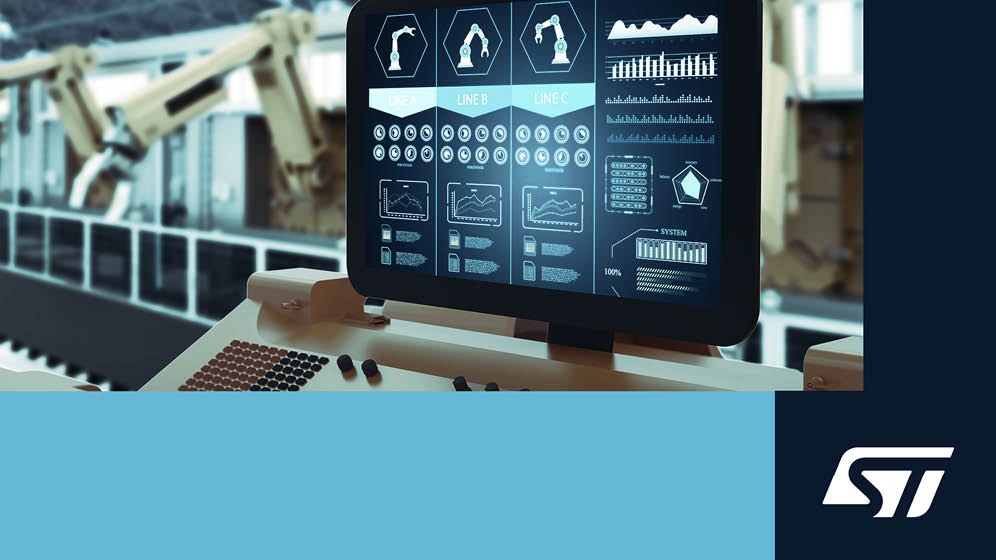
The increasing integration of artificial intelligence in industry shows a clear direction for the future: a more efficient, personalized and automated production and service landscape.
Large companies like Dell Technologies and Amazon Web Services are paving the way with innovative solutions like "Project Helix" and "AWS Generative AI Innovation Center" to help companies implement and use AI.
These projects help unlock the value of untapped data, transform business models, and fully realize the potential of AI applications in industry.
The integration of artificial intelligence (AI) into various industrial and business areas is a key topic for the companies mentioned. The integration of AI aims to complement human capabilities with machine learning so that automated systems are able to perform tasks more efficiently, accurately and quickly. In summary, the following common characteristics and applications of AI can be derived:
Also of interest
